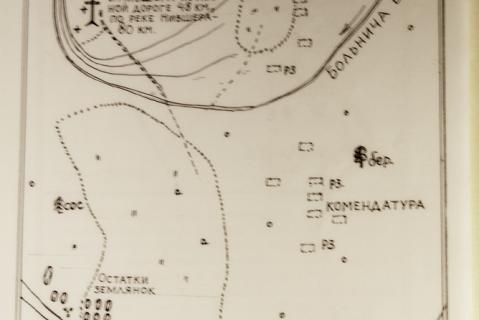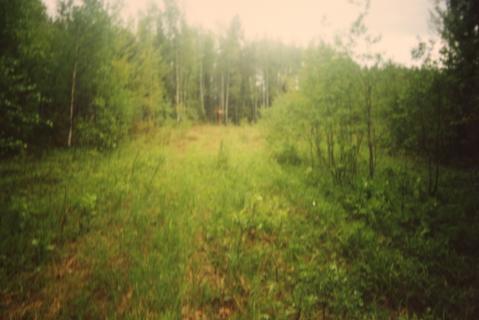Borovoi existed from the early 1930s to the mid-1950s, when it was closed for habitation. The abandoned cemetery is in a wooded area. The numbers of men, women and children buried there (dekulakized peasant families and other deportees) have not be established.
In 2003, the cemetery was investigated by an expedition from the Kortkeross Centre for Children’s Extracurricular Education and a plan of the locality was drawn up. The expedition members erected a commemorative cross there.
The Memorial online database (2025) lists 129,473 victims in the Komi Republic. (See Nizhny Chov.)
They include many families and individuals deported to the Republic: 20,366 during collectivisation (1929-35), a massive influx from occupied Polish territory (19,367 in 1940) and more in the 1940s and 1950s (6,699).
The database lists families and individuals (total 469) who were deported to Borovoi and 19 who were born there. 101 were “dekulakised” in 1930; 181 were sent from Crimea, in 1944 presumably.
| State of burials | Area | Boundaries |
|---|---|---|
|
Subsidence over the burials, outlined by a visible indentation
|
burial plot is 200 metres long
|
not delineated
|
[ Original texts & hyperlinks ]
Materials of the local history expedition of Kortkeross Centre for Children’s Extracurricular Education (2002, 2003) – Pechora museum of history and local studies (archive)
“Borovoi special settlement graveyard”, Virtual Museum of the Gulag [retrieved, 26 May 2022; no longer accessible]


